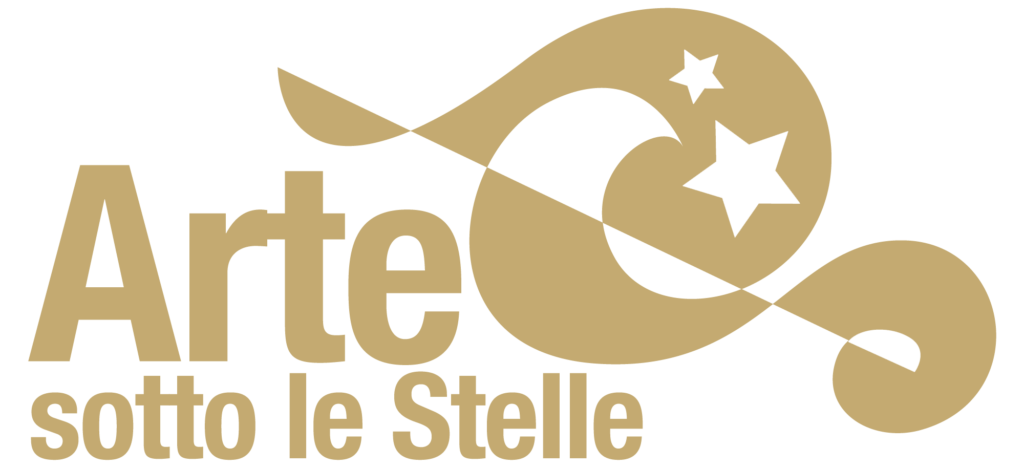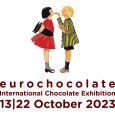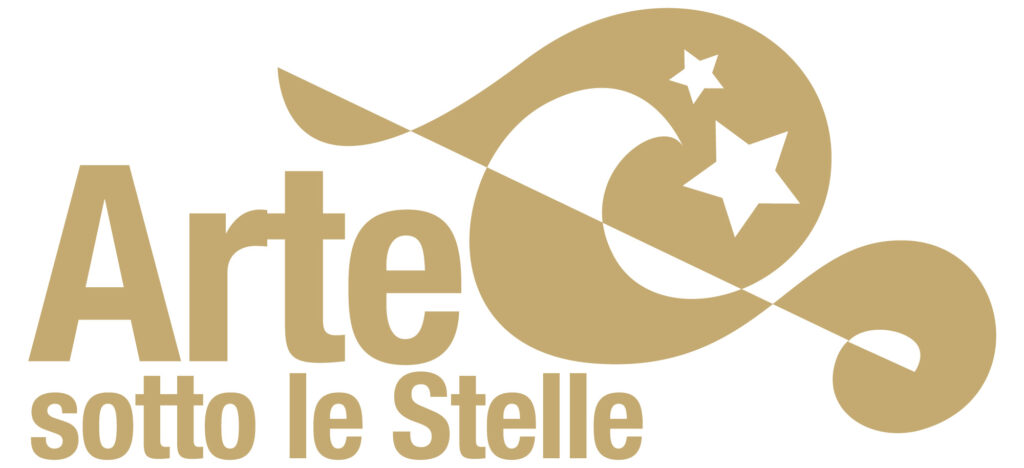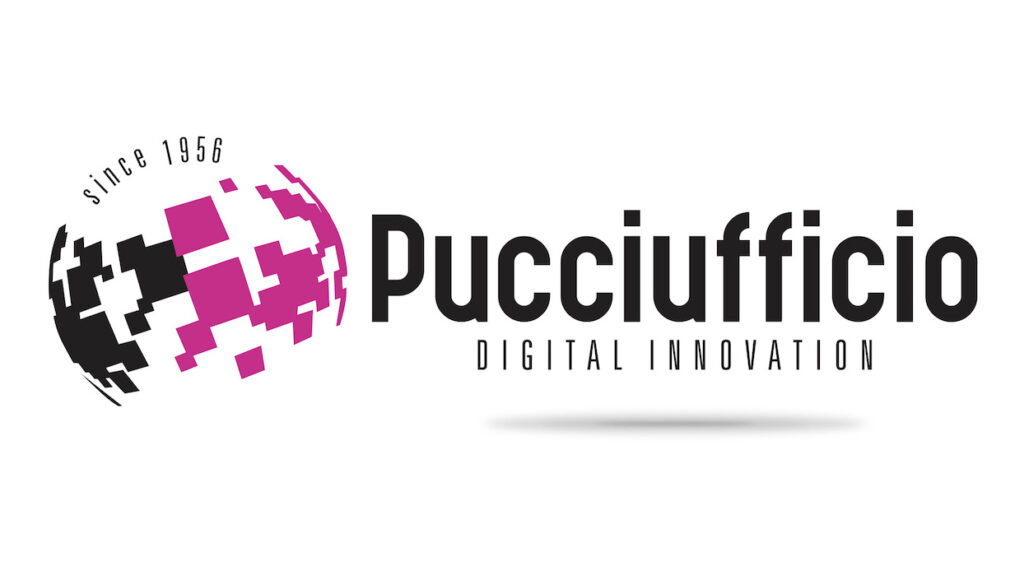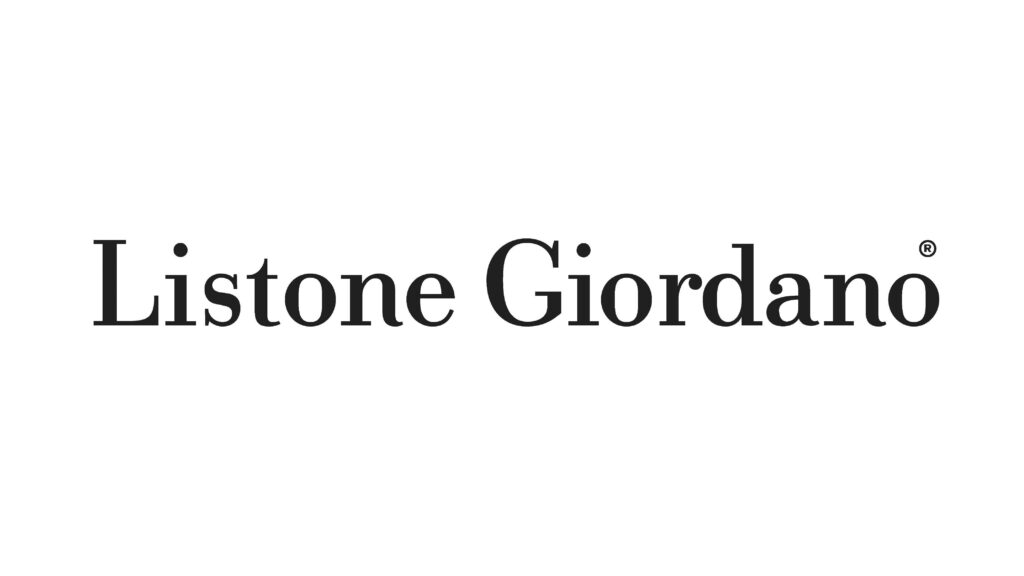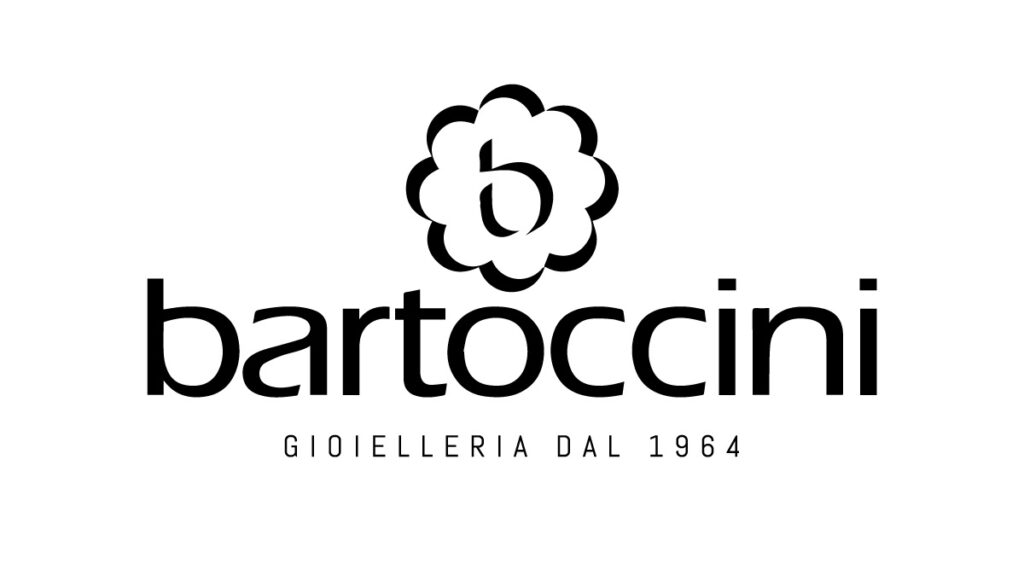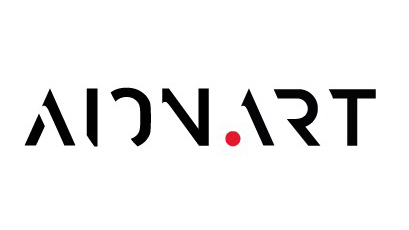Pietro di Cristoforo Vannucci detto "Perugino"
Il pittore, noto come “Perugino” ma battezzato con il nome di Pietro di Cristoforo Vannucci, nasce in una famiglia benestante di Città della Pieve a metà Quattrocento, in un arco di tempo presumibilmente compreso tra il 1445 e il 1452, stando alle notizie fornite da Giorgio Vasari e Giovanni Santi.
I primi anni della sua formazione non sono ancora del tutto chiari ma si pensa che il pittore abbia avuto dei saldi contatti, in età da apprendistato, con la bottega perugina di Bartolomeo Caporali (1420 – 1503 ca.), la più attiva fucina di talenti in città negli anni Sessanta e Settanta del XVI secolo.
Grazie a un documento che attesta Perugino nel Libro rosso della Confraternita dei Pittori, la Compagnia di San Luca, sappiamo che egli si trova a Firenze in pianta stabile già nel 1472 e forse è attratto dall’entourage di giovani artisti -tra cui Luca Signorelli (1445 ca.-1423) con cui collaborerà alla Cappella Sistina- che orbitano attorno alla figura di Andrea del Verrocchio (1435-1488), ricordato anche come maestro di Leonardo Da Vinci (1452-1419).
A seguito dell’avvio dei lavori di ristrutturazione e ammodernamento della Cappella Sistina da parte di Papa Sisto IV nel 1477, Perugino entra a far parte dell’equipe di pittori chiamati a decorare, con l’aiuto delle rispettive botteghe, le pareti del sontuoso ambiente con 10 affreschi e sottostanti tendaggi: fanno fede due documenti, il contratto del 27 ottobre 1481 e quello del 17 gennaio 1482, in cui è anticipato l’accordo sul prezzo per i lavori in via di ultimazione.
Nel 1485, due anni dopo aver firmato la Pala dei Decemviri, Pietro ottiene la cittadinanza perugina e l’anno seguente si iscrive alla matricola locale dei pittori. Il momento di maggior successo dell’artista in Umbria si raggiunge però con la commissione per la decorazione del Collegio del Cambio, incarico che lo rende orgoglioso a tal punto da decidere di effigiarsi tra gli Uomini Illustri del passato, con tanto di altisonante motto in latino a carattere autocelebrativo.
Dopo essersi ampiamente affermato anche grazie alle imprese vaticane, nel giugno del 1486, nei pressi dell’Ospedale di Santa Maria Nuova a Firenze, nell’attuale via Bufalini già San Gilio, il pittore prende in affitto da Vittorio di Lorenzo Ghiberti una stanza per allestire una bottega sebbene, fino ai primi anni Novanta, risulti ancora presente in via sporadica in città; la sua officina toscana rimarrà attiva per circa un quarto di secolo, fino alla primavera del 1511.
L’11 settembre 1493 un lieto evento sancisce il trasferimento definitivo di Pietro Vannucci nel capoluogo fiorentino: si tratta del matrimonio con la bella figlia dell’architetto Luca Fancelli, Chiara, il cui volto aggraziato ispirerà l’artista in tanti dipinti; si dice che lui stesso passasse molto tempo ad acconciare la sua amata Musa, prima di ritrarla in veste di Madonna. In piena epoca savonaroliana, dopo la morte del Magnifico, Perugino è al massimo della sua celebrità, forse incontrando anche la tendenza del tempo a un’arte devota estremamente chiara e semplice.
Dopo anni spesi a collezionare successi pittorici nel centro Italia, seguendo l’attività di due botteghe tra Umbria e Toscana che hanno valso al Vannucci la denominazione moderna di “pittore-imprenditore”, si verifica nel Cinquecento una battuta d’arresto, che sfocerà poi in un lieve declino, a seguito di aspre critiche mosse a un artista che ha perseguito la via di uno stile immobile e ricorrente, quasi seriale, privo di quegli aggiornamenti e indagini che, al contrario, stanno portando avanti personalità come Michelangelo, Raffaello, Leonardo; l’accento sulla questione viene posto, con notevole compiacimento, dal Vasari che, nella biografia di Perugino, rimarca il fatto che egli non sia un fiorentino di nascita, bensì un artista provinciale. Lo storiografo ci restituisce un’immagine dell’artista spesso degna di merito, talvolta non veritiera e in parte caratterizzata da una lieve sfumatura critica, anche in riferimento ad alcuni tratti caratteriali del pittore, quali l’avidità di denaro e l’assenza di devozione in Dio.
Da questo momento e fino alla morte, Pietro Vannucci si dedica a vari incarichi a Perugia e nei centri immediatamente prossimi; mentre è preso dalla decorazione della chiesa dell’Annunziata a Fontignano, ormai in età avanzata, è colto da peste e lì viene seppellito nel 1523, ben cinquecento anni fa.
I luoghi e le opere del Perugino
Perugino "imprenditore":
La scuola umbra
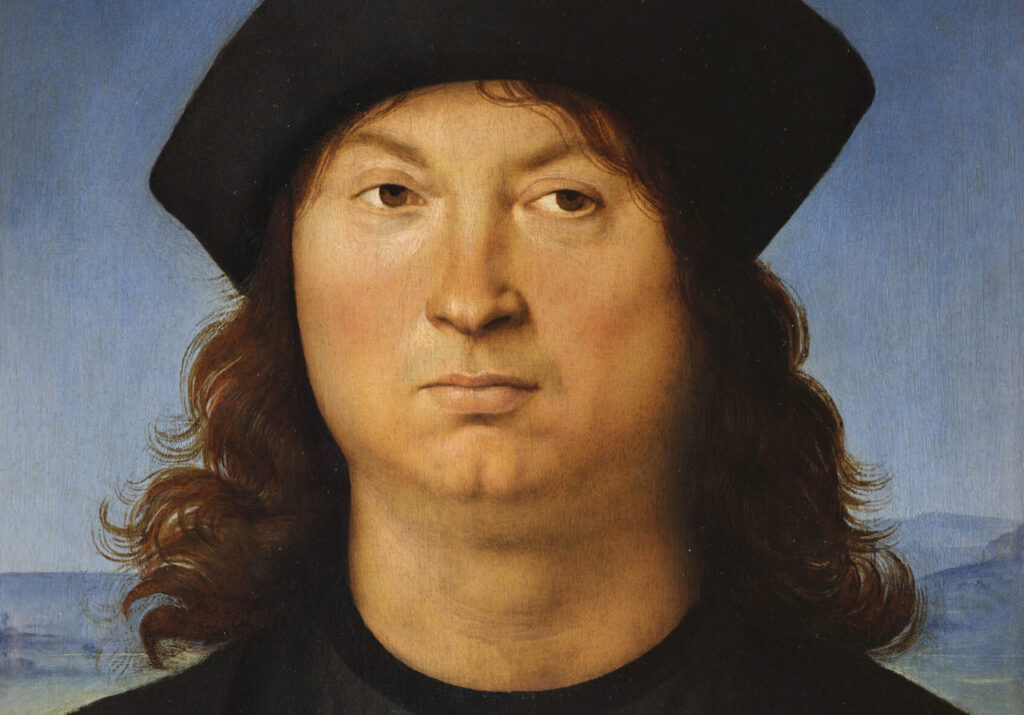
Sappiamo da Le Vite di Giorgio Vasari che la formazione di Pietro Vannucci “il Perugino” avvenne a Firenze, specificatamente nella bottega di Andrea del Verrocchio; in questa sede, ebbe modo non solo di apprendere i rudimenti dell’arte ma anche di conoscere alcune tra le personalità più importanti del Rinascimento fiorentino: Lorenzo di Credi, Leonardo da Vinci, il Ghirlandaio, Filippino Lippi, Andrea Botticelli.
In un documento del 1472 Perugino risulta iscritto alla Compagnia di San Luca con la qualifica di “dipintore”: aveva quindi già terminato il suo apprendistato presso la bottega del Verrocchio; sappiamo inoltre che, negli stessi anni, lui stesso aprì la propria bottega a Firenze. La sua fama crebbe talmente che, nel 1501, Vannucci avviò un’ulteriore bottega nella sua città, Perugia: qui si formò un’intera generazione di pittori, suoi seguaci, i quali diffusero e, per certi versi, ampliarono in modi diversi il linguaggio artistico del maestro.
L’allievo più celebre è senza dubbio Raffaello. Dopo aver ricevuto i primi rudimenti di pittura dal padre, Giovanni Santi, l’urbinate continuò la sua formazione presso la bottega del Perugino. Raffaello realizzò i primi lavori “in proprio” tra Perugia e Città di Castello, e anche successivamente, dopo essersi spostato a Firenze, non abbandonò completamente la committenza umbra almeno fino al 1508, anno del suo trasferimento a Roma.
Compreso nella cerchia dei seguaci del Perugino è anche Giovanni di Pietro detto lo Spagna: pittore fortemente radicato in Umbria, la cui attività si svolse prevalentemente tra Assisi, Spoleto e Campello sul Clitunno, già Vasari ne riconobbe le doti da colorista e lo segnalò tra i migliori allievi del maestro di Città della Pieve, insieme ad Andrea d’Assisi detto l’Ingegno. Collaborò probabilmente con il Perugino in occasione di alcuni delle commissioni più prestigiose della sua carriera artistica, seguendolo infatti nella Cappella Sistina in Vaticano, al Collegio del Cambio e nei lavori di Assisi; ma sappiamo anche che, a causa di un indebolimento della vista, fu costretto ben presto ad abbandonare la pittura.
Anche Eusebio di San Giorgio, fedele continuatore dell’opera del maestro pievese, prese parte ad alcuni importanti lavori del Perugino, come ad esempio la grande pala d’altare commissionata nel 1495 dai monaci di san Pietro a Perugia: in effetti, fu anche testimone al contratto in cui il Vannucci si impegnò alla realizzazione della stessa.
Annoverato tra i più stretti collaboratori, anche nello stile di Giannicola di Paolo ben si coglie il forte ascendente esercitato dal maestro, ma rielaborato e contaminato con influenze derivanti da diversi ambienti culturali, da Raffaello, dal Signorelli, da Fra Bartolomeo: il forte carattere peruginesco è tuttavia evidente al Nobile Collegio del Cambio, dove gli affreschi del Vannucci dialogano direttamente con quelli realizzati da Giannicola di Paolo tra il 1511 e il 1528 nella Cappella di San Giovanni Battista.
Dopo un probabile apprendistato nella bottega del padre Bartolomeo Caporali, anche Giovanni Battista Caporali cominciò ad operare come collaboratore del Perugino, sviluppando un linguaggio artistico proprio nel quale accolse e fuse suggerimenti e suggestioni peruginesche e raffaellesche.
Altro collaboratore noto, sebbene non possa essere ascritto all’ambito dei suoi seguaci, è Bernardino di Betto, detto il Pintoricchio. Perugino di nascita, si avvicinò all’ambiente verrocchiesco e specialmente alla pittura del Perugino già a partire dal 1470: con ogni probabilità, nel 1481 collaborò anche agli affreschi del Vannucci nella Cappella Sistina in Vaticano.


